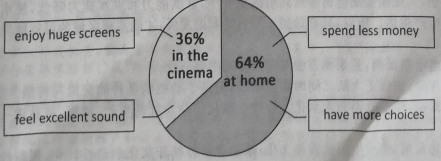题目内容
Polluted air does harm to the living things on the earth. It ______ kill plants as well as even humans.
A.can B.should C.must D.need
 金钥匙试卷系列答案
金钥匙试卷系列答案Cooks Wanted Are you good at cooking? Can you cook healthy food for the old? Can you get on well with them? Can you work 6 days a week? Yes? Then please call 87230033 or e-mail us at Sunshine Old People’s Home@sina.com. We need your help! |
Room to Rent A room with a single bed, a desk and a chair. Near Shiyou Road Subway Station and a shopping center.¥900 per month (including Wi-Fi). Non-smokers only. Call Mr. Bell at 87820662. |
Lost A small grey cat missing in Xinhua Bookstore on May 31st. She is afraid of strangers and there is a ring around her neck. If you see her, please phone 87851117. I really miss her. |
1.Ms. Clark needs to rent a room. She should ________.
A.call 87851117 B.phone 87820662
C.visit Old People’s Home D.phone 87230033
2.Which of the following sentences is TRUE according to the passage?
A.Cooks who can cook for the children are wanted.
B.The underlined word “She” refers to the cat owner.
C.People who don’t smoke are welcomed to rent the room.
D.You can rent Mr. Bell’s room for ¥900 per year including Wi-Fi.
3.The material above is probably from ________.
A.A guidebook B.A science magazine
C.A government report D.A piece of newspaper



